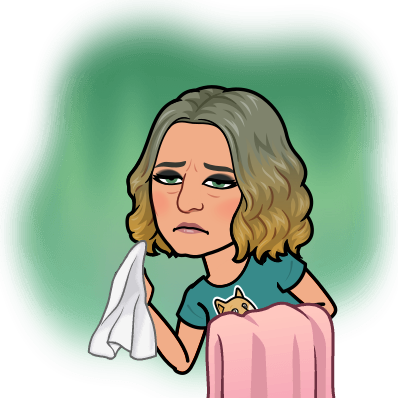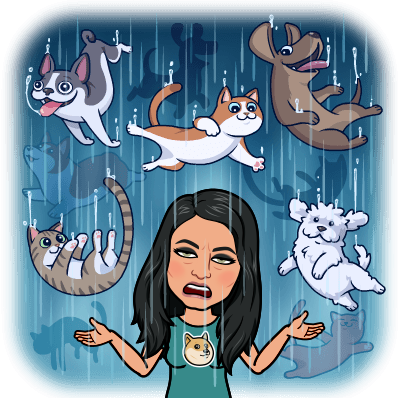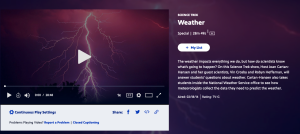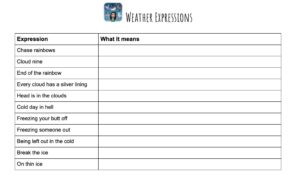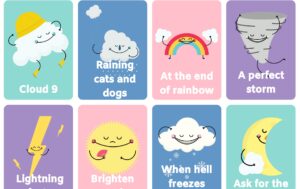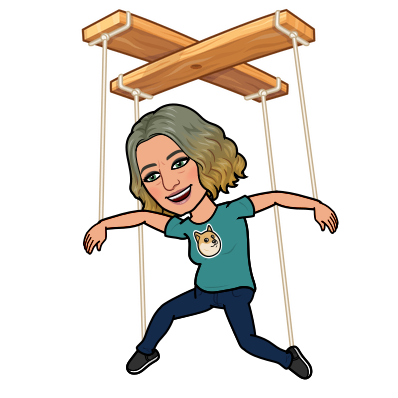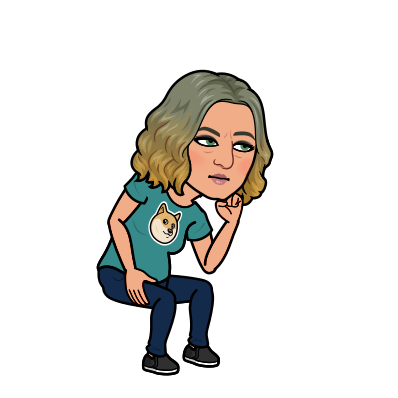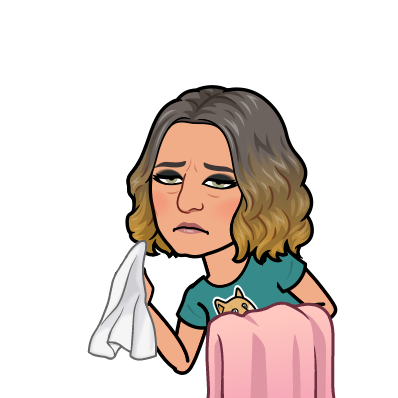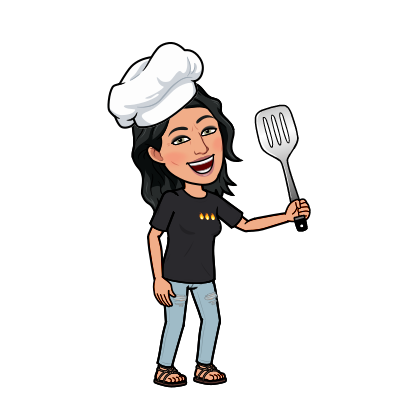The art of asking the perfect question is my own personal Mona Lisa. It is the element in my practice that I am always improving and perfecting. In fact, I even made a little video about some of the cognitive elements involved in questions.
Let go of perfection
Crafting a perfect question takes audience intuition, subject knowledge and most of all genuine curiosity about the result. But getting it right can be a mix of experience, trial and error and just plain luck. Jump in with something you find interesting and see where it takes you.
Have my questions bombed? Oh yes. Have I had the uncomfortably long blank stare? Yep. I have even been asked why on earth I would ask such a boring question. Ouch.
Most of all, when you are ‘on’ and right in the middle of a lesson, you need a certain amount of preparation, as well as have enough spontaneity to roll with the group if they want to go another way.
listen for patterns
It is the simplest yet the most powerful tool to see how articulate and fluid your students are. If you can, try to set an intention for what you listen for. Perhaps you can focus on speaking patterns like verbs, or use of modals, or vocabulary from previous lessons. If you notice mistakes, try to pick the most prevalent pattern and then give it some attention. Or perhaps you notice that the students are incorporating a bunch of previously learned vocabulary–make sure you point it out and praise them.
Question Tag-You’re it!
During the COVID confinement, I taught an online conversation course with about 10 students at a time. To allow everyone to speak, we played a game I called “question-tag”.
Students choose a question from the list and ask another classmate. Then that classmate is “it” and chooses the next question and classmate. Simple concept, but it puts the control in the students’ hands and adds just a touch of suspense to keep people engaged.
Want to play…You can use these 7 types of icebreakers to get going. The questions are meant as a corporate team-building exercise. Thus they are authentic and funny. Let me know how it turns out.



